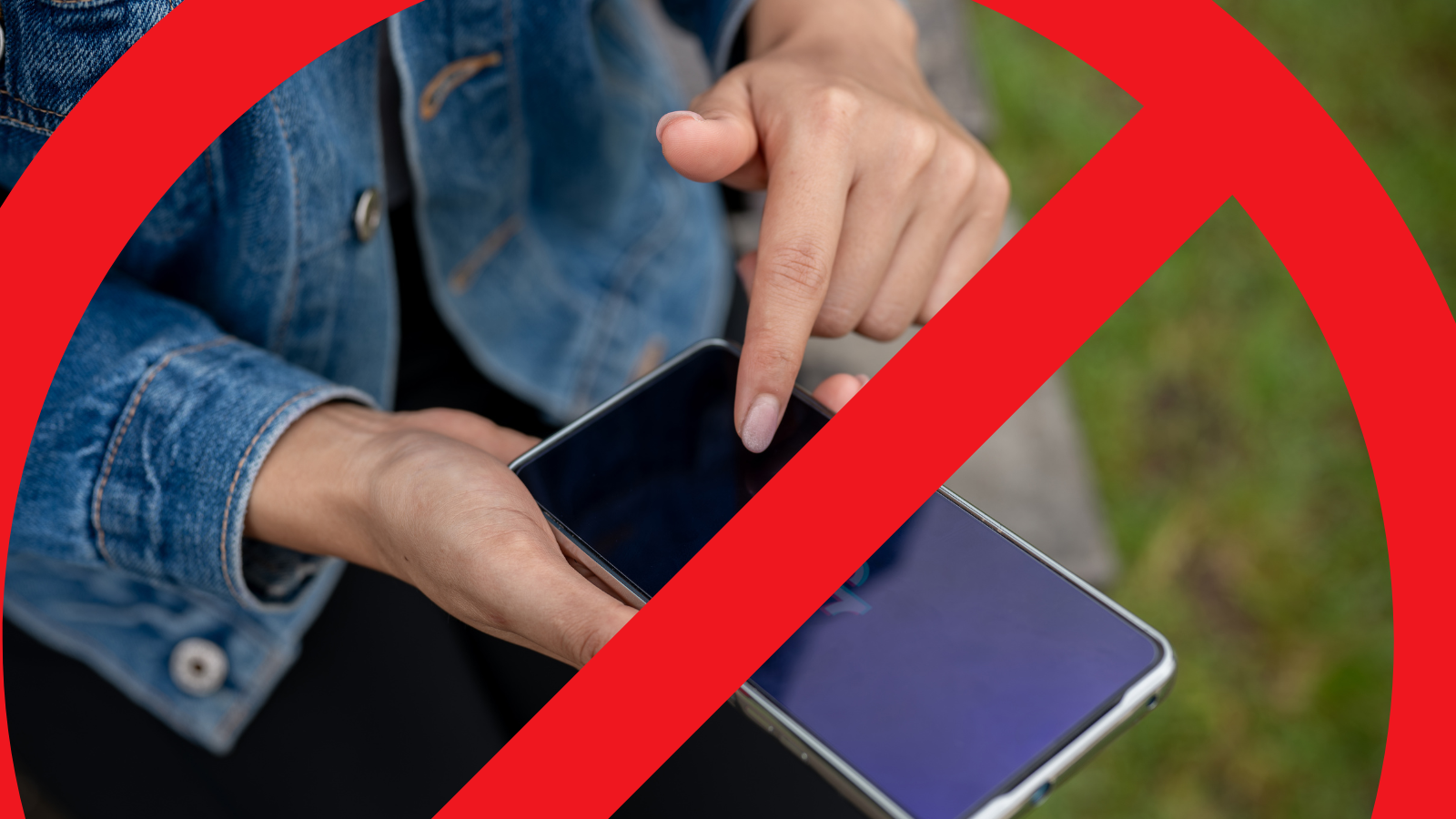
The Psychology of Color in Marketing: How Colors Shape Consumer Behavior and Drive Sales
The Power of Color in Marketing
Color is not merely a visual experience; it’s a powerful psychological tool that shapes our perceptions and behaviors. In marketing, color is far more than just an aesthetic choice; it’s a strategic element that can influence consumer decisions, enhance brand identity, and drive emotional connections. Understanding the psychology of color can provide marketers with a potent means of engaging consumers and creating memorable brand experiences.
The Science Behind Color Perception
There is a science behind how colors impact human emotions and perceptions on a subconscious level. Our reactions to colors are often instinctual and influenced by personal experiences, cultural contexts, and evolutionary factors. For instance, red can evoke emotions of excitement, passion, anger, and urgency, while blue is often associated with calmness and trustworthiness. These emotional responses are rooted in psychological and physiological reactions to color stimuli, a concept explored in color psychology.
Color in Branding: A Silent Communicator
Imagine walking down a store aisle flooded with products. Amid the sea of options, color becomes a brand’s silent ambassador. It communicates values, establishes identity, and differentiates products in an instant. Brands like Coca-Cola, Netflix, and Facebook leverage specific colors to spark emotions—Coca-Cola’s red sparks excitement, Netflix’s red generates energy and passion, and Facebook’s blue promotes trust and tranquility.
Retailers and marketers tap into these color associations to elicit specific emotional reactions. Bright colors like orange and red are designed to encourage impulse purchases, while cooler shades like blue and green create a sense of calm, promoting more thoughtful, long-term buying decisions.
The Role of Color in Consumer Behavior
Color does more than just attract attention; it reaches deep into our subconscious, shaping our emotions and purchasing decisions. Studies show that consumers form opinions about a product within the first 90 seconds of seeing it, with as much as 90% of that judgment based solely on color.
Bright and lively colors can trigger impulse buys. This is why clearance sales often use red signage, and fast-food chains opt for vibrant colors to boost appetite and create a sense of urgency. In contrast, cooler shades like blue and green promote feelings of calm and trust, making them popular choices in sectors like banking and luxury items, where consumer confidence is key.
Color in the Digital Space
In the digital age, color extends far beyond physical products. Websites, apps, and social media platforms all depend on effective color schemes to capture attention and engage users. Calls to action (CTAs)—such as “Buy Now” or “Subscribe”—are often brightly colored (think red or orange) because these hues demand attention and spur action.
In e-commerce, a simple change in button color can dramatically increase or decrease conversions. Research has shown that changing a button from green to red can lead to an increase in clicks because red creates a sense of urgency, compelling users to act quickly. This highlights the crucial role color plays in shaping user experience and engagement in the digital world.
Striking the Right Balance in Digital Design
Brightly colored call-to-action buttons, such as those in red or orange, capture attention and promote clicks, ultimately boosting conversions. On the other hand, a more subdued or monochromatic color scheme can lend a refined, polished appearance, but it risks fading into the background if not carefully designed. Finding the right balance is key to ensuring that colors enhance digital interactions instead of detracting from them.
The Evolving Landscape of Color in Marketing

As consumer preferences change and societal norms evolve, the psychology of color in marketing will keep adapting. New trends like gender-neutral color schemes, sustainable sourcing of colors, and personalized color experiences are set to transform how brands use color to engage with their audiences.
Technological advancements like augmented reality (AR) and virtual reality (VR) also provide fresh opportunities for color experimentation, allowing for immersive and dynamic interactions with brands.
The Strategic Importance of Color
Color in marketing goes beyond mere aesthetics; it serves as a strategic tool that shapes perceptions, influences emotions, and drives consumer behavior. By grasping the psychology of color, brands can create compelling identities, build meaningful connections, and ultimately chart their course to success.
In the constantly changing world of marketing, mastering the art and science of color is a timeless strategy—one that continues to guide how brands engage and inspire in a visually saturated environment.




